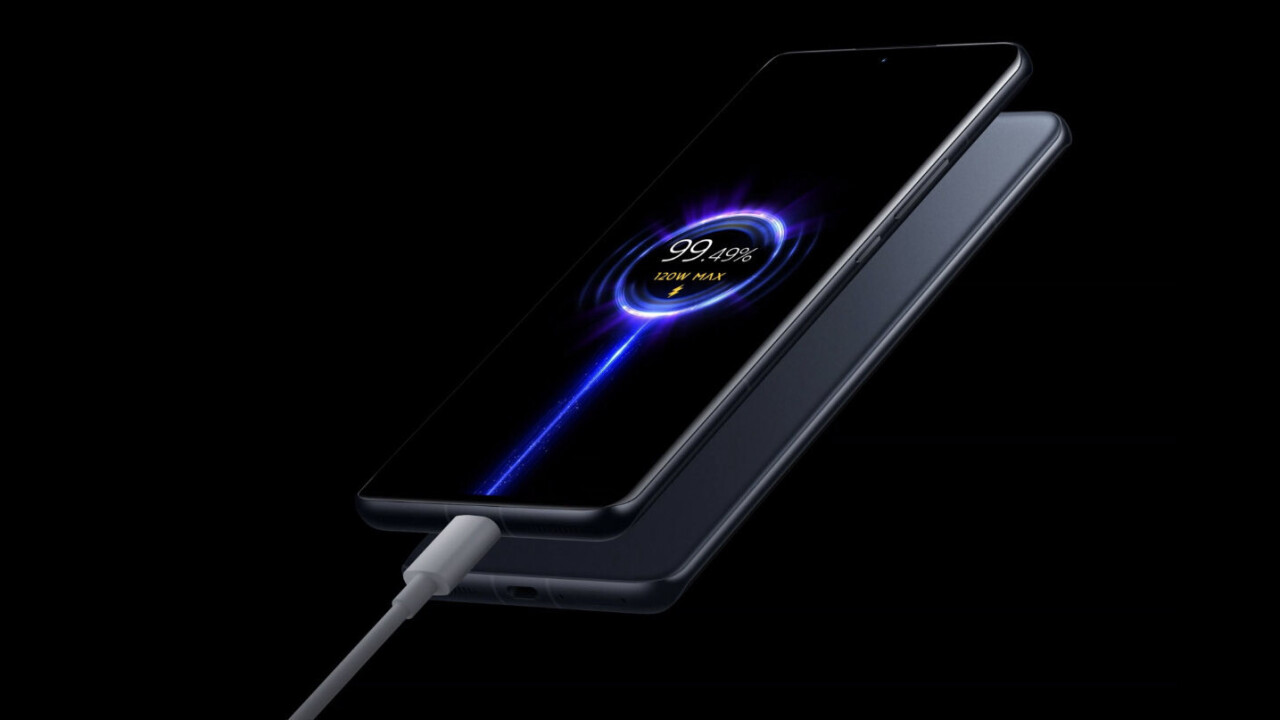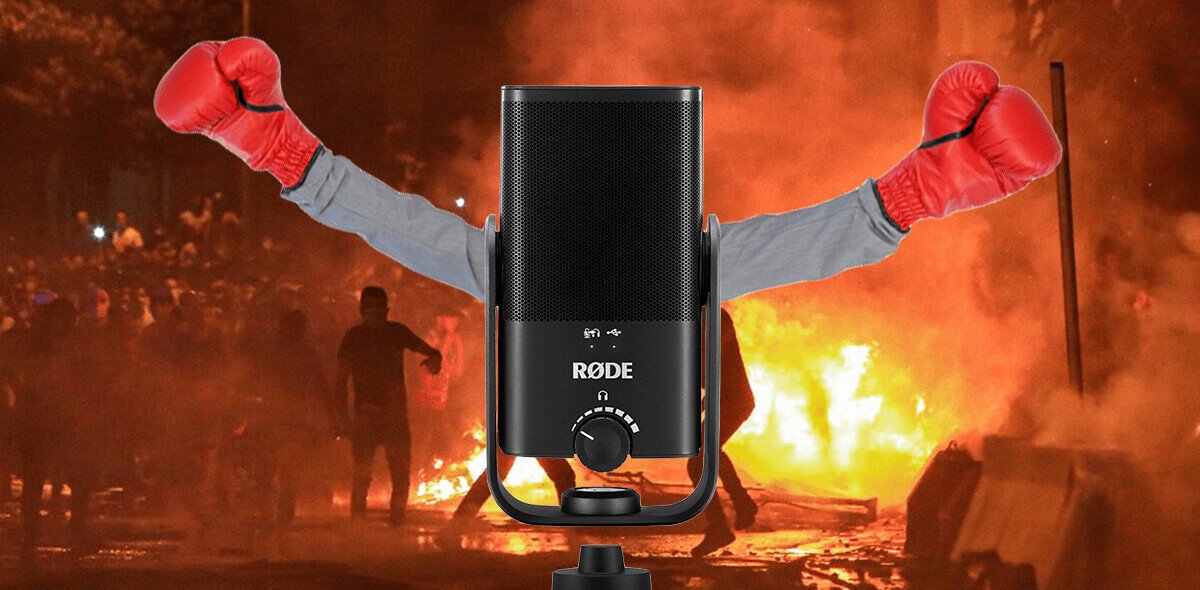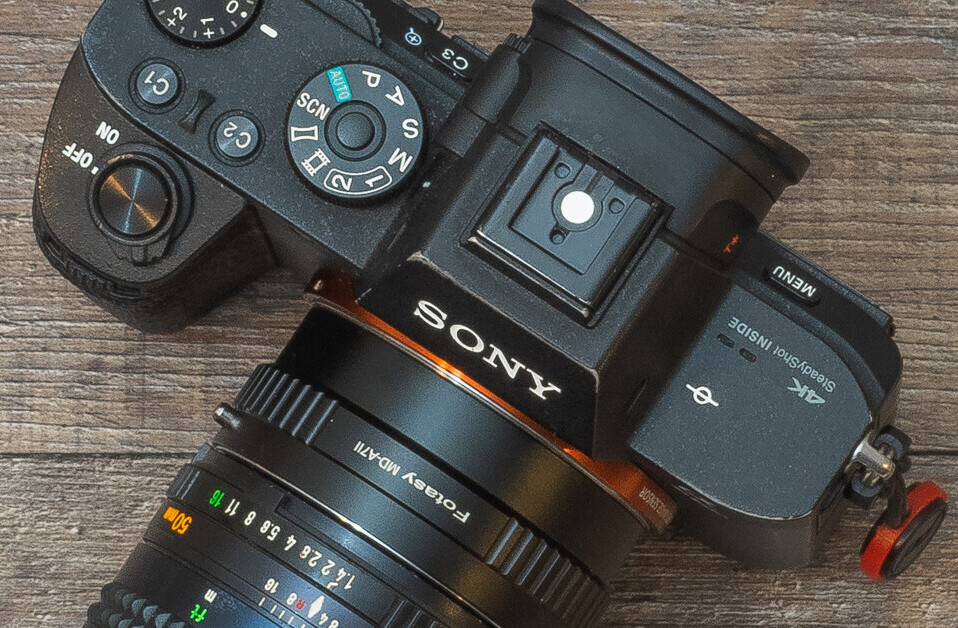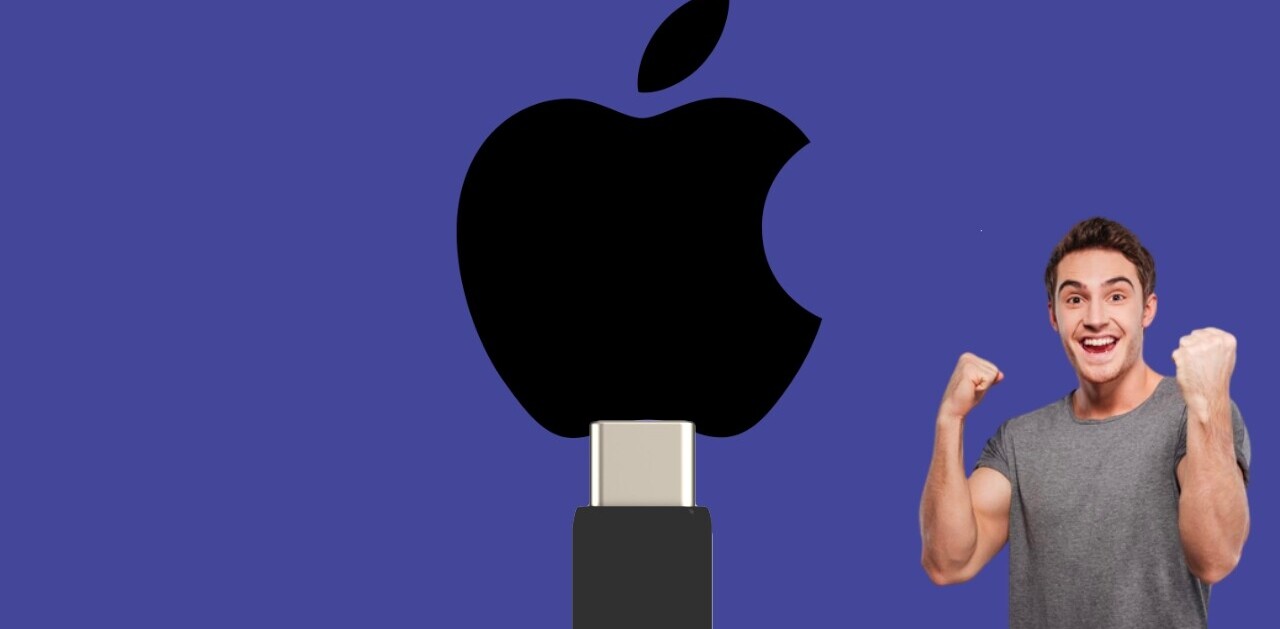
Sorry if this triggers your anxiety: remember how we once had to charge our phones overnight so they were ready for action the next day?
It took hours to charge devices from 0 to 100%, and we would frantically look for chargers if the battery level went below a certain threshold.
That has changed in the last couple of years, during which we’ve seen the evolution of charging tech that fully juices up phones in under half an hour. Phew.

There’s also a fast-charging arms race going on with companies trying to push hundreds of watts into phones to charge them in minutes, and claim the title of fastest charging technology on the market.
But all of that has created a complex system of chargers, cables, and system lock-ins. I talked to a lot of companies, experts, and ecosystem players to understand where fast charging is going.
It’s a wild ride, so strap in.
The science of fast charging
I am going to cover a few basics of charging in this part, and it’s gonna get technical. If that sounds boring, feel free to skip ahead.
While you use your phone, electrons flow in a circuit from the battery’s cathode (negative pole) to the anode (positive) through a medium called an electrolyte. Once the process is over, your battery is at 0%, and you need to move those electrons back to the cathode to continue using your device. That’s the charging process.
But the process can take a lot of time, and that’s why we need fast charging technologies to help speed things along.
In the first part of a fast charging process, where you quickly want to reach from 0% to 50%, or 0% to 80%, the charging brick keeps a constant flow of current at a fixed amperage, and slowly increases the voltage (which you can think of as the pressure with which current flows). Once the charge reaches a fixed threshold, the charger keeps the voltage fixed, and slowly decreases amperage till the battery is fully charged.
Keep in mind that phone batteries operate under 5 volts (typically in a range of 3.3 volts to 4.4 volts). So you technically don’t need more than 5 volts to charge your device’s battery.
Brand Saunders, President of the USB Promoter Group, which lays out the standard’s specification, said that fast charging standards came about to facilitate quicker charging in phones by allowing them to accept a greater flow of current for a short period of time.
Our cables and connectors were limited on the amount of current they can put across the table. So if you’re still operating at five volts and your battery can take a little more current in order to shorten the charging cycle, and if your cable is limited to transmitting 1.5A or 3A, you can’t get more than 15W of power.
He noted that chemists solved this problem by designing phone batteries to take more current.
George Paparrizo, senior director of product at Qualcomm, said most manufacturers were using buck regulators, a type of component that converts high voltages to low voltages to achieve this safely.
But in order to accommodate charging at 45W and up, companies have had to rethink the designs of printed circuit boards, connectors, resistors, and even batteries in their devices. Many manufacturers have switched to a two-cell design to accommodate more voltage and quicker charging speeds.
What’s the secret behind modern fast charging?
To that end, some companies use a technique called a divide-by-2 (or divide-by-4) charge pump that doubles the current and halves the voltage when the charge reaches the phone, allowing the battery to charge quickly.
A phone’s charging system needs to maintain the same wattage at the charger and phone level. So if the charging brick supplies a higher voltage at the source, the fast charging system converts that into current, and brings the voltage level to around 5V when it reaches the phone.
For instance, a 45W charger can operate at 20A or 2.25A at the source, and at 5V/9A at the sink to maintain the wattage.
Paparrizo noted that to accommodate the heat companies have to reconsider the design of related components. As you operate at higher power levels, the level of heat increases, and there’s a chance that it might damage the device and the battery.
The history of fast charging
In the last decade, plenty of charging standards have emerged. The most common would be the USB-PD standard devised by the USB Promoter Group.
The first iteration of the tech was released in 2012. targeting the USB Mirco-B connector for phones. The current standard that’s commonly used in devices is USB PD revision 3.0, which can handle 60W power with a standard USB-C cable, and 100W with a fully-featured USB cable. Yes, it’s hard to know which is which.
The upcoming USB4 standard can support up to 240W, but there aren’t many devices and accessories compatible with that yet.
Another standard that’s not specific to a manufacturer is Qualcomm’s Quick Charge (QC). It made its debut in 2013. The first iteration aimed at getting more than 1A out of a charger using a 2.0 cable. Later versions concentrated on supplying power to a smartphone at a higher rate.
The tech has taken giant strides in terms of wattages with the last few iterations. While QC4, first released in 2017, paved the way for power supplies up to 100W (27W with USB-PD), QC5 made way for chargers with higher wattages than that.

Paparrizo noted that the last two QC versions use something called a divide-by-2 charge pump that doubles the current and halves the voltage when the charge reaches the phone, allowing the battery to charge quickly.
Due to various limitations — including the maximum current capacity specified in these standards — a few phone companies have opted to design their own protocols. There’s Oppo’s VOOC fast charging, Vivo’s FlashCharge, and Xioami’s HyperCharge tech.
These firms have demoed charging at blistering speeds. Last year, Xiaomi showed off its 200W charging tech, and this year Oppo showcased 240W charging technology that could juice up a phone to full in just a few minutes.
In its latest flagship, the Xiaomi 12 Pro, the company included a monstrous 120W charger with the device. Theoretically, it could charge a phone from 0 to 100% in under 20 minutes. I got a chance to talk with the engineering team to ask them how they think about battery design.
The team said that Xiaomi started a charging research department in 2018. It first introduced 120W charging last year with its Mi 10T Ultra, but the battery design was different.
“The Xiaomi 12 Pro is the first phone where we’ve managed to include this tech with a single cell battery design,” the firm said.
The researchers mentioned that for the past few years, Xiaomi has also adopted graphene batteries. According to them, it allows for better thermal management, and higher current intake — so theoretically, its batteries could charge at a faster rate.

They also said that with this new charging technology, they also use a technique to constantly monitor the phone temperature. If it gets close to its safety limits, the charger will automatically drop the wattage to avoid overheating.
However, Xiaomi’s not alone in pumping more wattages to charge your phone in minutes. That brings us to the next chapter in this saga.
The politics of fast charging
In the last few years, many companies have entered the race to become the fast charging champion in the consumer hardware space.
Xiaomi now has a commercial phone with 120W charging and has demoed 200W charging capabilities. Oppo (and its affiliated companies, Realme and OnePlus) will release devices this year with 150W charging capacity, and has shown off 240W charging capabilities that can juice up the phone in roughly 9 minutes.
It’s fantastic having a phone that can charge in minutes, but to achieve those claimed speeds, you will have to use the company’s proprietary charger brick and cable. If any of those get damaged or are lost, you will need to buy those exact accessories from the company. So you’re locked into that system.
As an example, I’ve seen plenty of OnePlus customers in India complain that they have a hard time getting the company’s cables.
A few months ago, I used the Xiaomi 12 Pro, which comes with a 120W charging brick weighing 200 grams, and a custom cable. It was not travel-friendly and took up too much space on a power strip. I’d rather use a smaller charger that might take a few more minutes to juice up my phone.
To solve this problem, both USB-IF — the organization that maintains the USB standard — and Qualcomm have tried to promote USB-PD and QC as the common charging standards for phones. That means you can buy a standard charger and a cable that you can use across devices, and get similar charging speeds.

But that hasn’t always gone well. Only a few vendors like Apple, Google, and Samsung support USB-PD consistently.
Other manufacturers may or may not support both USB-PD and QC, but you’ll have to check a device’s specs every time to be sure. Phone makers like Apple and Samsung have removed the charging brick from their packages.
This works for consumers if they already had a charging brick that supported USB-PD charging, and had the compatible cable type. If you’re switching from one brand to another, you might not have the supporting combo.
A graphic provided by French phone analytics and testing company DxOMark describes how if you don’t use the prescribed cable + brick combo, you won’t get the marketed charging speeds.

So, for most phones, an off-the-shelf cable might not do the trick. And that’s a bummer.
There are also concerns about battery safety and longevity. Jeffrey Ravencraft, the President and COO of USB-IF, doesn’t feel that high wattage fast charging tech is good for our devices:
Now they can put six amps in the battery, right? What does this do? It allows the battery to charge quicker, but also has a thermal impact on the battery. Of course, batteries can only handle so much thermal energy before you could potentially damage the cells.
However, other experts I talked to said battery technology has advanced enough to handle high wattages for charging. But they also admitted that a lot of it has to do with product marketing, and a race to become the company with the fastest charging tech.

A lot of industry folks I talked to asked me, “Who needs this?”
Beyond a certain wattage point, returns of fast charging diminish. I wouldn’t REALLY care if my phone charged from 0 to 100% in 15 minutes instead of 9 minutes. It feels like a marketing gimmick that will get old real fast.
Over the last few years, phone components have gotten costlier. So, making custom hardware for fast charging could make a device that much more expensive. As a consumer, the tricky part is to figure out how much value it’s actually bringing to you — and buying something you’re happy with.
Get the TNW newsletter
Get the most important tech news in your inbox each week.




